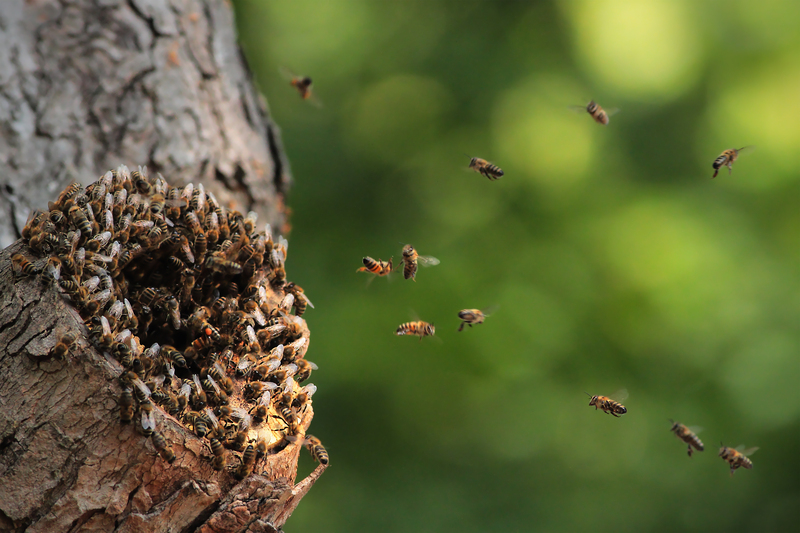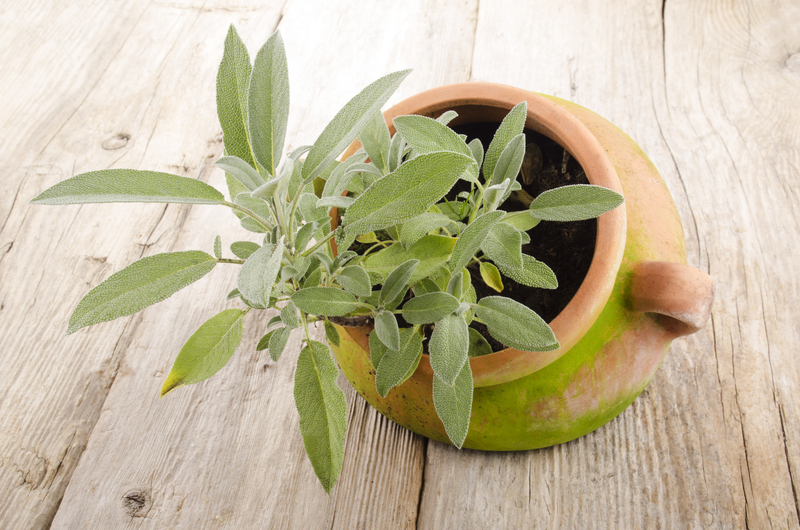Understanding the Unique Needs of Different Types of Orchids
Posted on 20/03/2024
Orchids are one of the most popular and beautiful flowering plants in the world. With over 25,000 different species and thousands of hybrids, these delicate blooms have captured the hearts of many gardeners and flower enthusiasts. Despite their popularity, caring for orchids can be a daunting task, especially when considering their unique needs. Different types of orchids have varying requirements when it comes to light, water, temperature, and fertilization. In this article, we will delve deeper into understanding the unique needs of different types of orchids, so you can successfully grow and enjoy these stunning plants in your own home or garden.
Types of Orchids
Before we explore the specific needs of different types of orchids, let's take a quick look at some common types of orchids that you may come across:
1. Phalaenopsis Orchid - Also known as moth orchid, this is one of the most popular types of orchids due to its ease of care and long-lasting blooms.
2. Cattleya Orchid - These large and showy flowers are commonly used in corsages and have a wide range of colors and patterns.
3. Dendrobium Orchid - This type of orchid is characterized by its long stems and small blooms that grow along the length.
4. Oncidium Orchid - Known as dancing lady or tiger orchid, this variety has thin stems with multiple yellow, pink, or red flowers.
5. Cymbidium Orchid - These hardyplants produce large clusters of flowers in various colors such as white, yellow, pink, and green.

Light Requirements
One of the most critical factors in growing healthy orchids is providing them with adequate light. However, different types of orchids have varying light requirements depending on their natural habitat. For example:
- Phalaenopsis prefers bright but indirect light.
- Cattleya thrives in bright, direct light.
- Dendrobium needs bright indirect light but can tolerate some direct sunlight.
- Oncidium requires bright, filtered light.
- Cymbidium prefers medium to bright light.
It's essential to observe your orchids and adjust their lighting accordingly. Too much or too little light can result in yellowing leaves, stunted growth, and lack of blooms.
Watering Needs
Proper watering is another crucial factor in keeping your orchids healthy. However, the watering frequency and amount vary for different types of orchids.
- Phalaenopsis and Cattleya like to be watered once a week, while Dendrobium and Oncidium prefer to dry out between waterings.
- Cymbidium should be watered once every 5-7 days during active growth and less frequently during the dormant season.
It's important to pay attention to your orchids' potting medium as well. Orchids typically require well-draining soil or bark mixtures to prevent root rot. When watering, make sure to thoroughly saturate the potting medium and allow excess water to drain out.
Temperature Requirements
Most orchids are tropical plants that thrive in warm temperatures, but the ideal temperature range varies across different types of orchids.
- Phalaenopsis prefers temperatures between 65-85?F.
- Cattleya thrives in temperatures between 55-70?F.
- Dendrobium grows well in temperatures between 70-80?F.
- Oncidium prefers temperatures between 60-75?F.
- Cymbidium enjoys cooler temperatures between 50-70?F.
Fertilization Needs
Orchids require regular fertilization to provide necessary nutrients for healthy growth and blooming. However, the type and frequency of fertilizers differ depending on the type of orchid.
- Phalaenopsis should be fertilized with a balanced, water-soluble fertilizer every 2 weeks.
- Cattleya requires a fertilizer with a higher concentration of nitrogen during active growth.
- Dendrobium should be fertilized with a balanced, water-soluble fertilizer once every 4 weeks.
- Oncidium prefers a high-phosphorus fertilizer and needs to be fertilized weekly.
- Cymbidium benefits from a balanced, water-soluble fertilizer applied every 2 weeks during active growth.
Pros and Cons of Orchid Care
Pros:
- Orchids are unique and beautiful plants that can add elegance to any space.
- With proper care, they can flower multiple times a year and last for many years.
- There are thousands of varieties and hybrids to choose from, making it easy to find one that fits your aesthetic.
Cons:
- Orchids can be delicate and require specific care, making them challenging for beginners.
- Some orchids can be expensive, especially rare or exotic species.
- They can be susceptible to pests and diseases if not properly cared for.

Tips for Successfully Growing Orchids
1. Research the specific needs of the type of orchid you have before bringing it home.
2. Invest in a light meter to accurately measure the lighting levels in your orchids' environment.
3. Always use fertilizers specifically formulated for orchids.
4. Don't overwater - allow the potting medium to dry slightly before watering again.
5. Use distilled or filtered water as tap water may contain chemicals that can harm orchids.
Key Takeaways
- Different types of orchids have varying requirements when it comes to light, water, temperature, and fertilization.
- It's crucial to research the specific needs of your orchid variety to provide the best care possible.
- Proper lighting is essential for healthy orchid growth, but the ideal amount varies across different types of orchids.
- Watering frequency and amount should also be adjusted according to the type of orchid.
- Orchids need regular fertilization with a balanced fertilizer to thrive.
In Conclusion
Orchids are indeed unique and stunning plants, but they require specific care to reach their full potential. Understanding the unique needs of different types of orchids is crucial in providing the right environment for these delicate blooms to flourish. By following the tips and guidelines outlined in this article, you can successfully grow and enjoy these beautiful flowers in your own home or garden.




